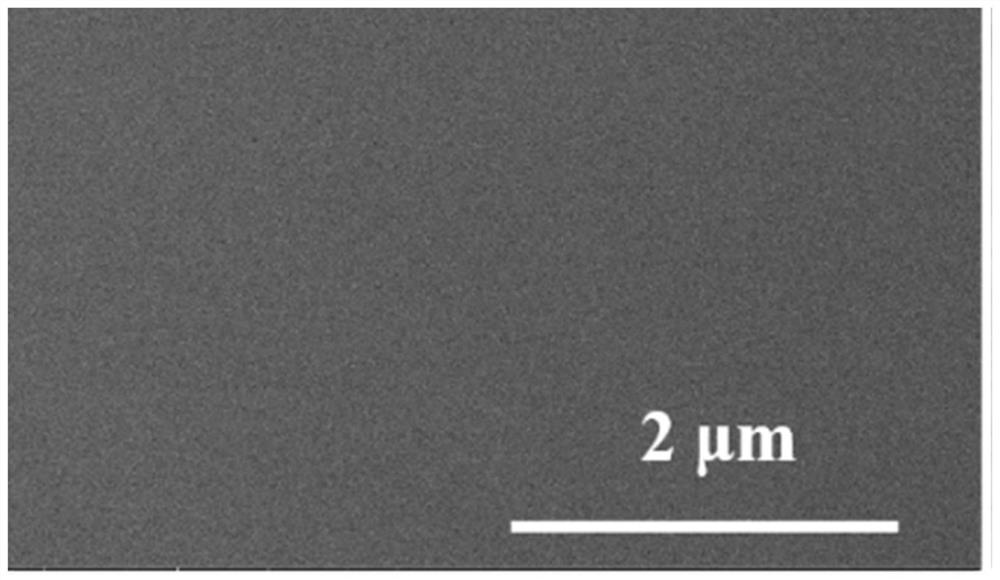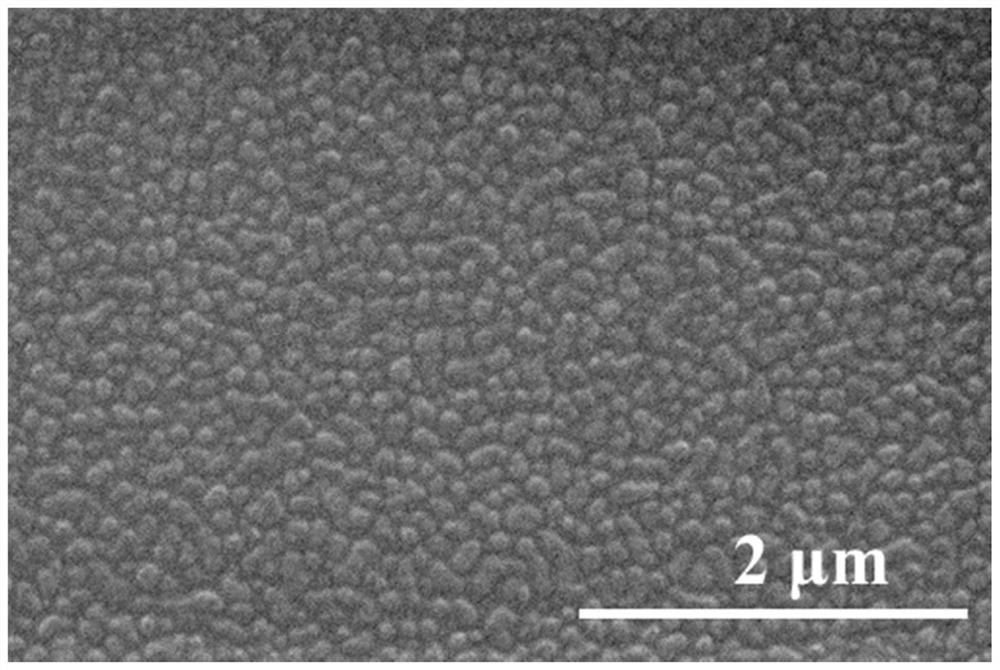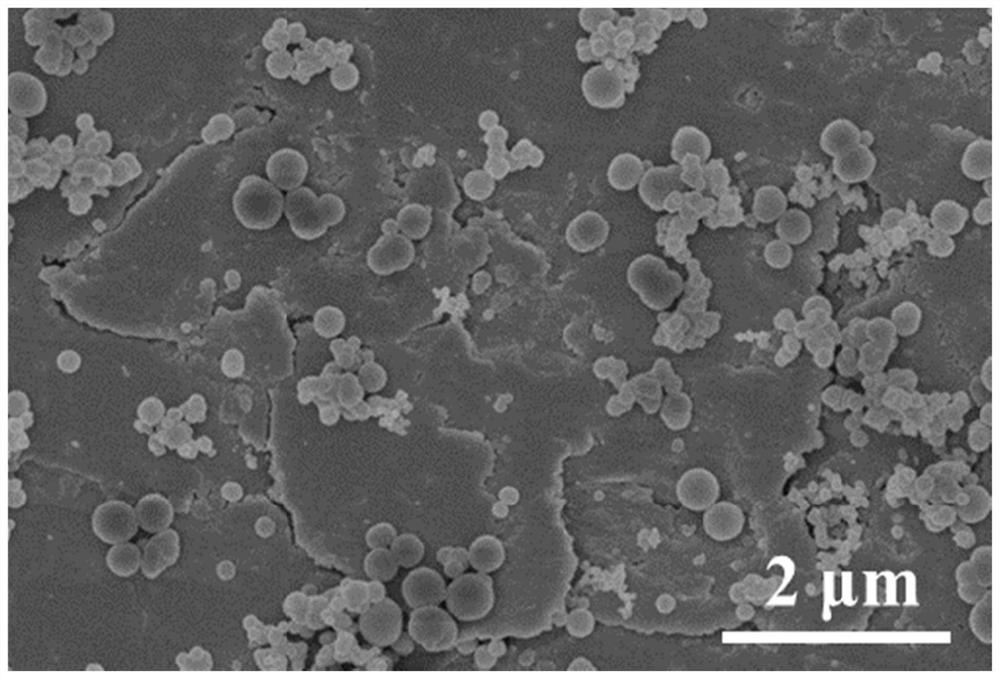Implant and preparation method and application thereof
A technology of implants and mixtures, applied in the field of implants, can solve problems such as repeated infections, infection lesions that cannot be eradicated, and little effect
- Summary
- Abstract
- Description
- Claims
- Application Information
AI Technical Summary
Problems solved by technology
Method used
Image
Examples
Embodiment 1
[0098] This embodiment has prepared a kind of implant, and specific process is:
[0099] D1. Polish and ultrasonically clean the titanium-based raw material. After that, place the titanium-based raw material in deionized water, ultrasonically clean it for 5 minutes, repeat three times, and dry it;
[0100] D2. Alkali etching is carried out on the titanium-based raw material obtained in step D1. The etching solution contains 4mol / L potassium hydroxide; the reaction condition is 70°C; the reaction time is 3h; For deionized water, repeat three times to obtain a titanium-based matrix;
[0101] D3. Get curcumin and disperse it in deionized water to make 300 μ g / mL curcumin suspension, adjust the pH of the suspension to be 9, place the above-mentioned suspension on a magnetic stirrer and stir at a constant speed for 24h to make curcumin nanoparticles. DLS (dynamic scattering) and TEM record its particle size as 150 ± 30nm (particle size distribution within this range);
[0102] D4...
Embodiment 2
[0106] This embodiment has prepared a kind of implant, and specific process is:
[0107]D1. Polish and ultrasonically clean the titanium-based raw materials; after that, place the titanium-based raw materials in deionized water, ultrasonically clean for 5 minutes, repeat three times, and dry;
[0108] D2. Alkaline etching is carried out on the titanium-based raw material obtained in step D1. The etching solution contains potassium hydroxide of 10 mol / L; the reaction condition is 70°C; the reaction time is 3h; For deionized water, repeat three times to obtain a titanium-based matrix;
[0109] D3. Get curcumin and disperse it in deionized water to make 600 μ g / mL curcumin suspension, adjust the pH of the suspension to be 8, place the above suspension on a magnetic stirrer and stir at a constant speed for 24h to make curcumin nanoparticles. DLS (dynamic scattering) and TEM record its particle size as 650 ± 50nm (particle size distribution within this range);
[0110] D4. Take t...
Embodiment 3
[0114] This embodiment has prepared a kind of implant, and specific process is:
[0115] D1. Polish and ultrasonically clean the titanium-based raw materials; after that, place the titanium-based raw materials in deionized water, ultrasonically clean for 5 minutes, repeat three times, and dry;
[0116] D2. Alkaline etching is carried out on the titanium-based raw material obtained in step D1. The etching solution contains potassium hydroxide of 10 mol / L; the reaction condition is 70°C; the reaction time is 3h; For deionized water, repeat three times to obtain a titanium-based matrix;
[0117] D3. Get curcumin and disperse it in deionized water to make a curcumin suspension of 50 μg / mL, adjust the pH of the suspension to be 7, place the above-mentioned suspension on a magnetic stirrer and stir at a constant speed for 24h to make curcumin nanoparticles. DLS (dynamic scattering) and TEM record its particle size as 60 ± 5nm (particle size distribution within this range);
[0118...
PUM
| Property | Measurement | Unit |
|---|---|---|
| Thickness | aaaaa | aaaaa |
| Thickness | aaaaa | aaaaa |
| Particle size | aaaaa | aaaaa |
Abstract
Description
Claims
Application Information
 Login to View More
Login to View More - R&D
- Intellectual Property
- Life Sciences
- Materials
- Tech Scout
- Unparalleled Data Quality
- Higher Quality Content
- 60% Fewer Hallucinations
Browse by: Latest US Patents, China's latest patents, Technical Efficacy Thesaurus, Application Domain, Technology Topic, Popular Technical Reports.
© 2025 PatSnap. All rights reserved.Legal|Privacy policy|Modern Slavery Act Transparency Statement|Sitemap|About US| Contact US: help@patsnap.com



